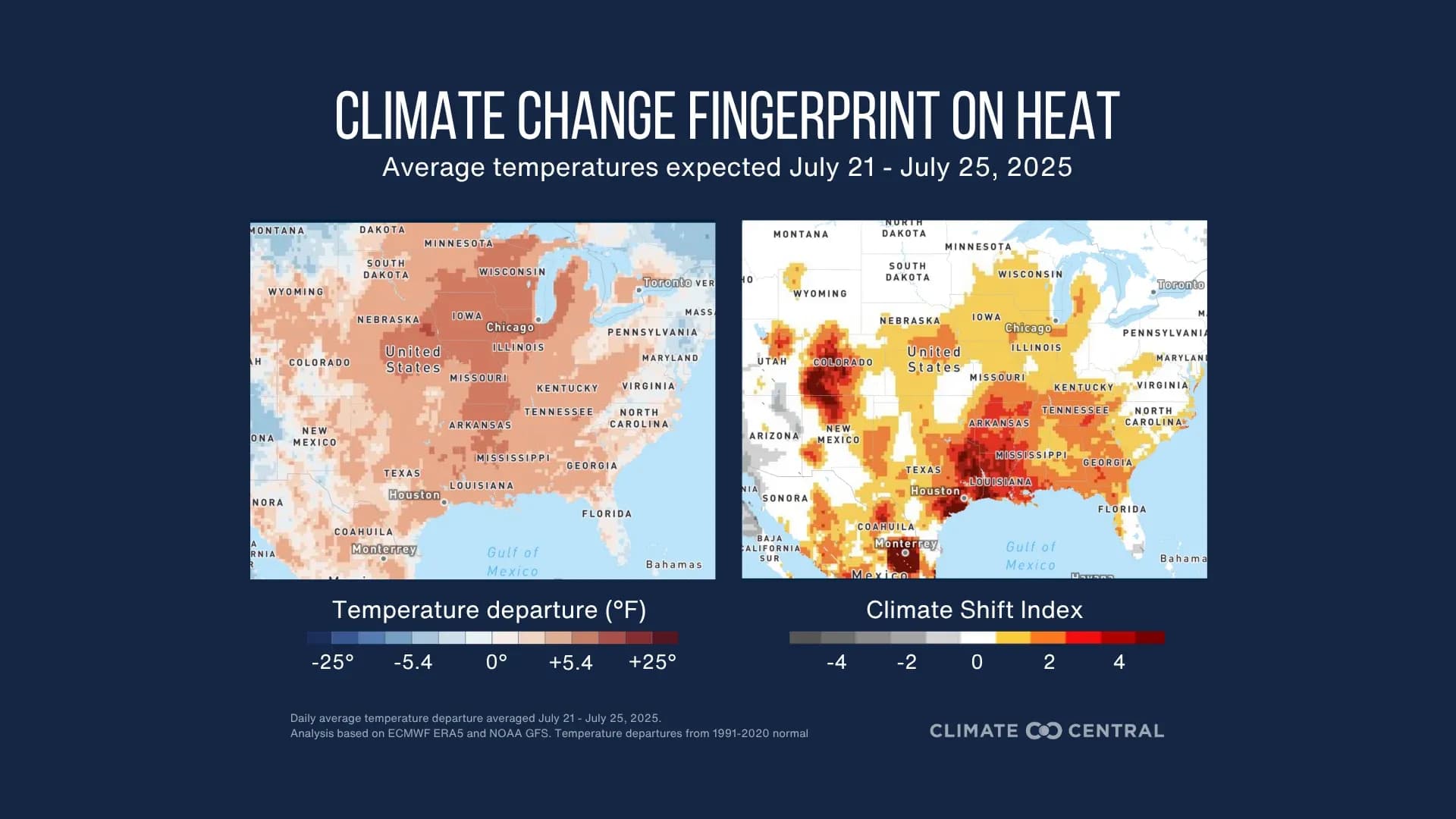Rewriting the Rhythms: When Extreme Heat Becomes the New Normal
Explore how escalating global temperatures are profoundly altering daily life, economies, and infrastructure worldwide. Uncover the new normal and adaptation strategies.

The Unseen Burden: Economic and Infrastructural Strain
The relentless sun beating down isn't just a discomfort; it's an invisible force silently eroding the foundations of daily life and national economies. Across , families are opting for indoor refuge, a simple shift that speaks volumes about the changing rhythms of society. For individuals like , a 43-year-old health materials worker in , the heat dictates his very livelihood. Suffering from obesity and related conditions like high blood pressure, Magdy has been forced to flip his workday, now operating at night to escape the daytime scorch, a change his understanding customers have accommodated.
But the burden extends far beyond individual adjustments. Economic expert points to a cascade of financial and infrastructural challenges. The soaring temperatures translate directly into a surge in energy consumption, as air conditioners hum and refrigerators strain to keep goods cool. This spiraling demand places immense financial pressure on the state, increasing its need for foreign currency, particularly dollars, to import the gas required for power generation. Moreover, the strain on the grid is palpable; power plants buckle under the increased load, leading to shutdowns. Factories, too, are not immune, as their machinery struggles to function in the intense heat, bringing production lines to a halt. Ultimately, this pervasive heat diminishes national productivity, as citizens find themselves unable to work with their usual efficiency. This isn't just about feeling hot; it's about a systemic drain on resources and output.
Climate's Shifting Canvas: A Deeper Dive into Extremism
What we're witnessing isn't merely a hot summer; it's a dramatic re-drawing of our climate's canvas, marked by an escalating extremism that defies historical norms. , a climate professor at , highlights that while July and August traditionally bring the highest temperatures, this year represents a stark departure, exhibiting 'climatic extremism' far beyond previous years. A key manifestation of this shift is the prolonged duration of heatwaves, which now stretch for an entire week, a significant increase from past patterns. This alarming trend, as Dr. Qotb underscores, is a direct consequence of global warming, intensifying climate change not just in but across the globe.
The implications of this warming are far-reaching, even altering what we might expect from other seasons. Dr. Qotb predicts a future where rainfall patterns will shift, with winter and autumn experiencing more intense precipitation. This seemingly counterintuitive outcome is linked to the rising surface temperatures of the , leading to increased evaporation and earlier cloud formation. Adding another layer to this complex picture, of the points out that the 'felt' temperature often significantly exceeds the actual air temperature due to surging humidity levels. For instance, recently experienced a shade temperature of 41°C, yet the perceived heat soared to 44°C, a stark reminder that the true impact of heat is often amplified by moisture in the air. This isn't just about numbers; it's about a fundamental transformation of our atmospheric conditions.
Human Resilience Under Duress: Adapting to the Scorching New Reality
In the face of this escalating climatic pressure, human resilience is being tested, prompting both official guidance and spontaneous behavioral shifts. The has issued urgent pleas for citizens to adopt crucial preventive measures, emphasizing that direct sun exposure, particularly between 11 AM and 4 PM, poses severe health risks, especially for the elderly and children. Wearing head coverings outdoors is no longer merely a suggestion but a necessity to ward off sunstroke and heat exhaustion, alongside seeking refuge in shaded areas whenever possible.
Hydration becomes paramount; citizens are urged to consume ample amounts of water throughout the day, even if not thirsty, to counteract excessive sweating and maintain bodily functions. The advice extends to avoiding poorly ventilated indoor spaces, particularly for vulnerable populations, and exercising extreme caution with vehicles. Leaving cars under direct sunlight for extended periods is strongly discouraged, with recommendations to slightly open windows for ventilation and, critically, to remove all flammable materials. For those seeking respite by the water, the warning remains: avoid direct sun exposure and swimming during peak afternoon hours, preferring shaded spots instead. These widespread advisories, coupled with a noticeable reduction in outdoor activities by many Egyptians, underscore a collective, albeit often involuntary, adaptation to a reality where managing extreme heat is becoming an integral part of daily life.
The Looming Horizon: What the Future Holds for Our Warming World
As we grapple with these immediate challenges, the horizon reveals a landscape fundamentally altered by persistent warming. The insights from are not just about this summer's heatwave; they paint a picture of a future where what we now consider 'extreme' will increasingly define our 'normal.' The extended duration of heatwaves, currently stretching for a week, is likely to become a recurring feature, reshaping seasonal expectations and daily routines for years to come. This isn't a temporary blip; it's a systemic shift driven by global warming, leading to a climate characterized by intensifying extremes.
The implications extend beyond just heat. Dr. Qotb's predictions of altered rainfall patterns, with more intense downpours in autumn and winter fueled by a warmer , suggest a future of greater climatic volatility. Societies will face a dual challenge: managing prolonged periods of scorching heat while simultaneously preparing for more severe precipitation events. This evolving climate demands a proactive and comprehensive societal response, moving beyond reactive measures to fundamental adaptation strategies across all sectors. The question is no longer if we will experience these changes, but how swiftly and effectively we can integrate this new reality into our infrastructure, economies, and very way of life, ensuring resilience in a world where the mercury continues its relentless climb.
Related Articles

From Scorching Peaks to Shifting Skies: Navigating the Dynamics of Extreme Temperatures

From Scorching Peaks to Shifting Skies: Navigating the Dynamics of Extreme Temperatures

The Unseen Fire: Why Egypt's Summer 2025 Feels More Intense Than the Numbers Say

The Unseen Fire: Why Egypt's Summer 2025 Feels More Intense Than the Numbers Say

The Hidden Heat: Unmasking Egypt's Humid Summer and Adapting to the 'Felt' Reality

The Hidden Heat: Unmasking Egypt's Humid Summer and Adapting to the 'Felt' Reality

Beyond the Thermometer: Unpacking Our New Era of Extreme Heat
